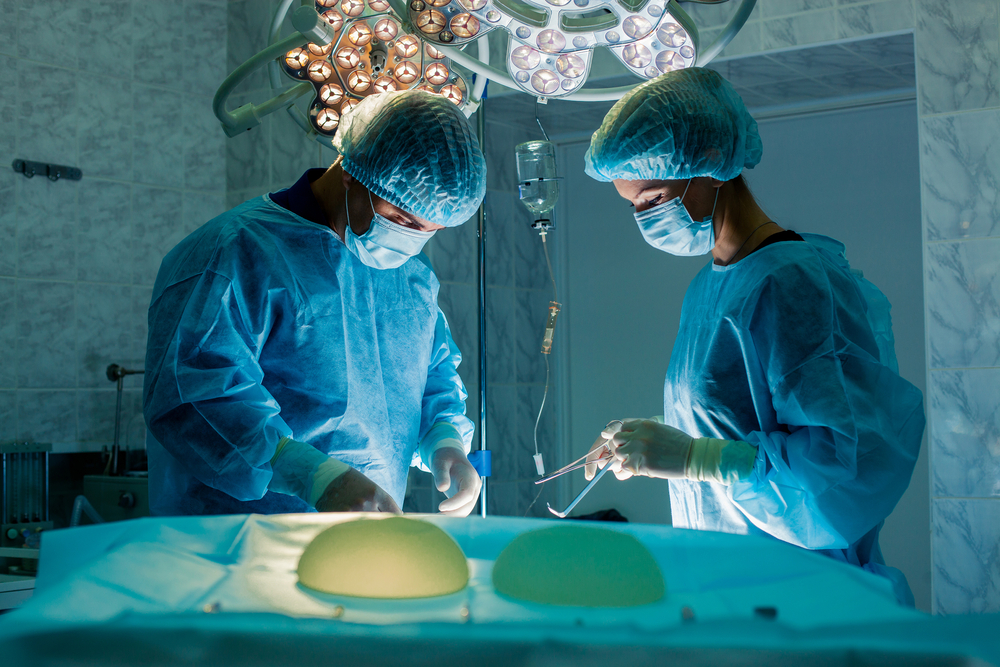
Should a breast implant be placed supra pectoral or sub pectoral?
That is to say, above or below the muscle? Both methods have different pros and cons.
How Your Pecs Work
It helps to know a little bit about how the pectoral muscles work in the first place.
The pectoralis muscle inserts (runs along) the lateral groove of the humerus. To put it simply, it runs along your upper arm – with origins at the clavicular head (front of your collar bone) and the sternal head (your central breast bone.)
The pecs do three basic motions. It flexes the humerus, which means it’s responsible for lifting your upper arm upwards.
It adducts the humerus, which means it allows you to make flapping motions with your upper arm. And it rotates the humerus medially – basically, it lets you arm wrestle.
Fears of Diminished Function?
Because the pecs are so essential the basic functioning, there has traditionally been some fears that sub pectoral inserts could disrupt this functioning or hurt long term recovery.
Studies show, however, that upper body strength did not diminish significantly with sub-pectoral placement of breast implants. This also matches the anecdotal experience of patients and surgeons.
Still, certain pros and cons exist for both sides.
The Benefits and Drawbacks
The pros and cons for each side are quite varied. For sub-pectoral implants, they have a longer recovery time, and the procedure is more painful.
But they have a lower rate of scarring complications. They’re less visible normally, but they’re more visible during activity (referred to as animation deformity.)
Meanwhile, supra-pectoral implants have the opposite on each end. The recover faster and are less painful, but have a higher chance of scarring complications.
Besides that, they have more of an impact on mammography, which can be problematic.
Not sure which procedure is right for you? Call Washingtonian Plastic Surgery today to schedule an appointment.

